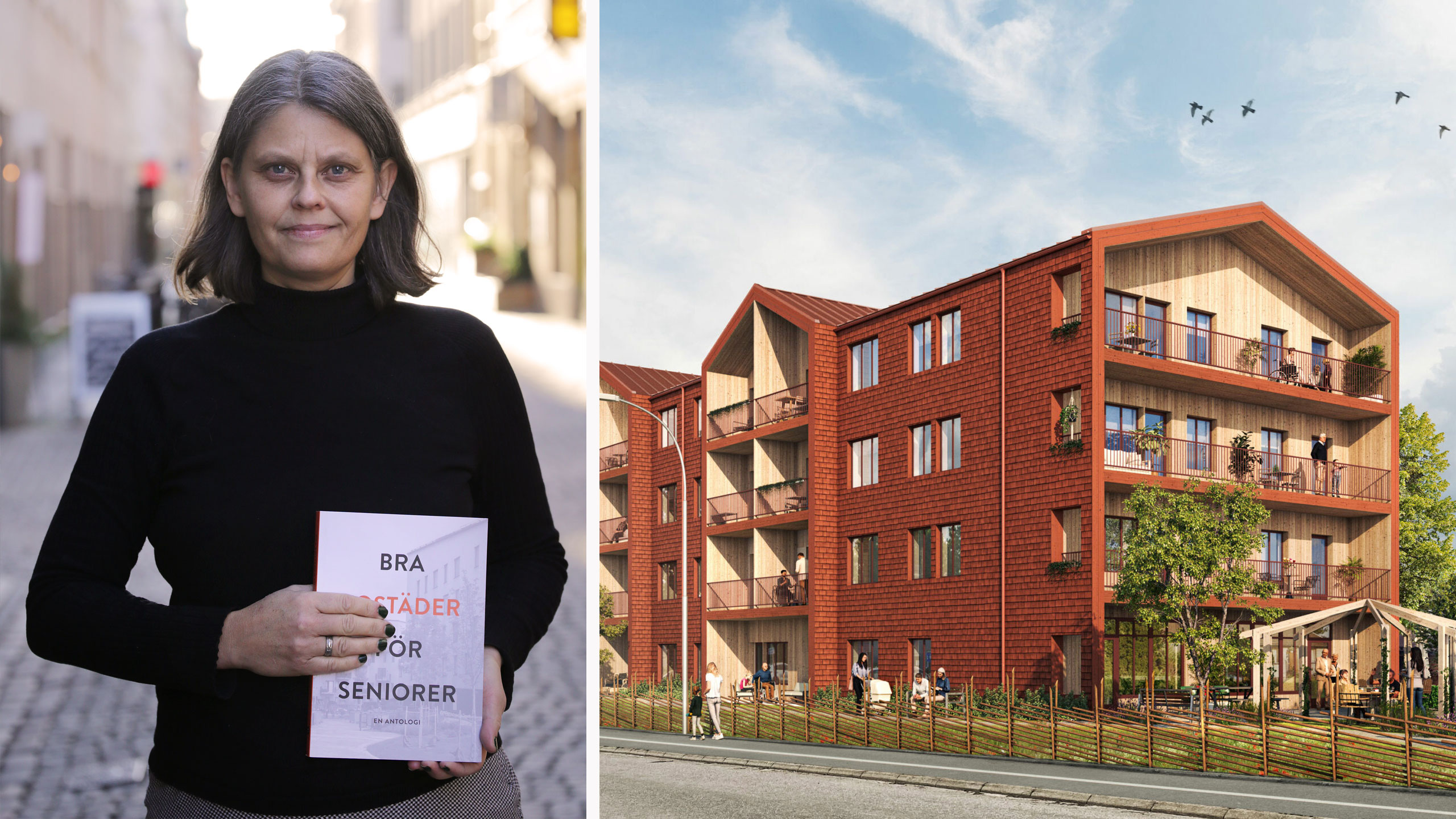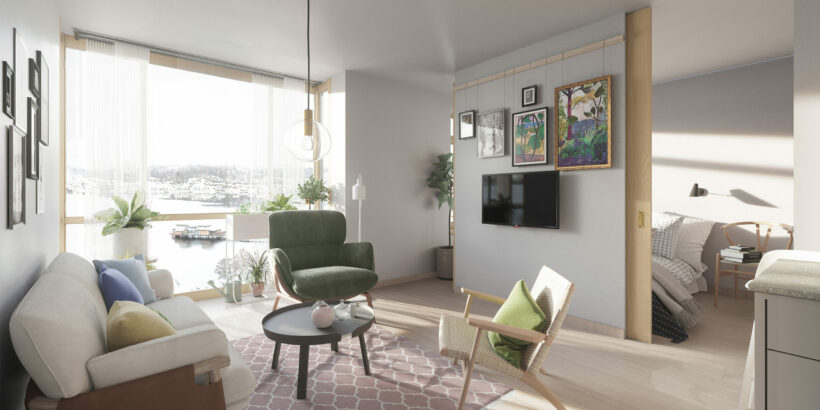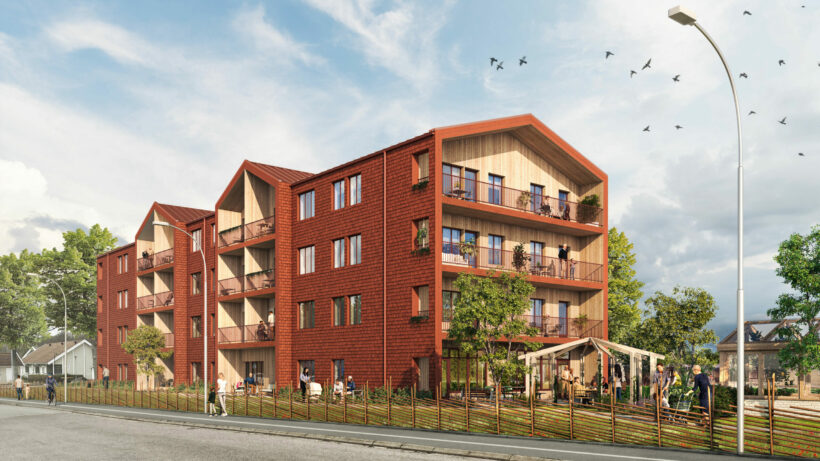What defines an attractive, sustainable, and health-promoting living environment for older adults?
At its core, it is an environment that addresses the essential needs for maintaining autonomy and good health: physical activity, social connections, community participation, and proper nutrition. Location is equally critical – proximity to public transport, accessible mobility solutions, nearby services, green spaces, and favourable topography are key factors for creating housing that remains attractive and functional over time.
The entrance to the building should be safe and welcoming, with space for spontaneous interaction both indoors and outdoors, as well as adequate storage for mobility aids. There should be areas for various communal activities, and shared facilities such as waste management rooms and laundry rooms should be pleasant and easy to use. The outdoor environment must be accessible and designed to encourage community and activities.
The apartments themselves should be carefully designed, with high-quality fundamentals such as good views, natural light, durable materials, and, most importantly, excellent accessibility. The indoor climate must also be well-regulated, as older adults are often sensitive to temperature. Of course, sustainability in all its forms should permeate the homes!
What is most important when designing homes that promote autonomy and enhance quality of life?
One key aspect of creating homes that support independence and improve quality of life is a well-thought-out floor plan with good room connections and ample storage, combined with the selection of user-friendly products. Kitchens, bedrooms, and bathrooms need to be designed to facilitate autonomy in the event of functional limitations and should be prepared for welfare technology and storage of consumables. When designing homes for older adults, it is also essential to consider the home’s functionality as a workspace for home care and healthcare professionals. At the same time, it is important to create private zones within the home for close family members.
Ensuring good natural light conditions, along with easy access to outdoor spaces and greenery through a balcony or patio, can enhance the sense of freedom and well-being. For those who are bedridden, low window sills in bedrooms and living rooms provide opportunities for good views. Thoughtfully chosen details and materials can also contribute to comfort and a sense of harmony. Studies show that exposed wood in homes, as well as contact with greenery, has a health-promoting effect.



